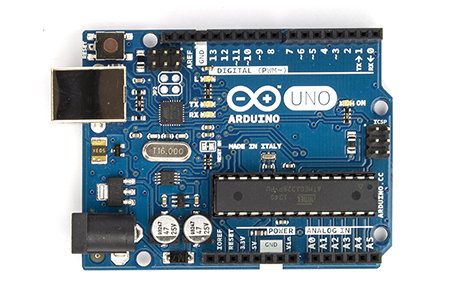
The part built 4:1 balun
The May weather was very warm at the weekend and so I took the opportunity to put another antenna up. I spent some time trying to decide what to build but eventually decided that anything was better than nothing and just got on with it.
For some time I had thought about erecting the Inverted-L described here cut for the 30/20/17m bands. First though I needed a 4:1balun. I built one described on the website of M0ZPK
I then retrieved from the shed a roll of 32 gauge wire given to me by a work colleague some years ago. I suspect this wire is quite old as it is manufactured by WL Gore, who are now rather more famous as the manufacturer of the waterproof material GoreTex.
This wire is so thin as to render it almost invisible, which makes it difficult to erect but pleasing on the eye in the longer term. I am sure it won't last a winter but it was free so is great for experimentation.
The inverted L was hoisted about 7m into a tree in one corner of the garden with the top running down to a smaller tree at the front of our property. Here I had to bend the final few metres (of 37 metres) to make it fit. The antenna was immediately a good match on 15/12/10m, which was annoying as I was trying for 30/20/17m.
I fiddled around with it for a while (and actually shortened it so there is now no bend in it, but it still didn't resonate on the desired bands) before leaving it for the night. The next day I relocated the balun closer to the ground and the stream that runs along the back of the garden. Hey presto, a 1.1:1 match on 30/20/17m was achieved. Obviously the antenna elves had been out during the night and tuned it to resonance for me! I can only think that changing the angle of the more vertical part of the antenna had a significant effect.
The result is an antenna that is directed towards north America and I can hear Canadian and US stations on it that are several S points down on my more elevated G5RV.
So I am classifying this as a great success, and it has caused me to have more QSO's which is even better. Here are a couple of videos showing the difference between the inverted L and the G5RV, the G5RV is antenna A and the inverted L is antenna B. The antenna input selected is shown to the top right of the frequency display. OK, so you cannot make out the A and B on the video, but take it from me that the inv-L is the stronger signal as I switch between the two.
OK, here is one, I'll add the other later.










